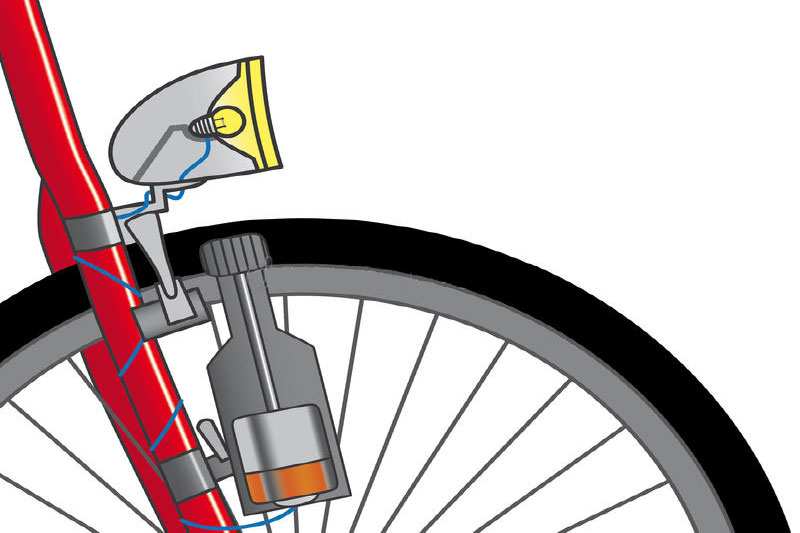“Antigone:
And does not Creon treat our brothers twain
One with the rites of burial, one with shame?
Eteocles, so say they, he interred
Fitly, with wonted rites, as one held meet
To pass with honour to the gloom below.
But for the corpse of Polynices, slain
So piteously, they say, he has proclaimed
To all the citizens, that none should give
His body burial, or bewail his fate,
But leave it still unselpurched, unwept,
A prize full rich for birds that scent afar
Their sweet repast. So Creon bids, they say,
Creon the good, commanding thee and me,
Yes, me, I say, and now is coming here,
To make it clear to those who knew it not,
And counts the matter not a trivial thing;
But whoso does the things that he forbids,
For him, there waits within the city’s walls
The death of stoning. Thus, then, stands thy case;
And quickly thou wilt show, if thou art born
Of noble nature, or degenerate liv’st,
Base child of honoured parents….”
(Sophocles, Antigone, The Harvard Classics)
By Dimitris Maroulis, AdvDipEd – MEd – EdDoctorate
This is the introduction of the famous Sophocles’ tragedy and the introduction most of the students could hear again and again being rehearsed during the rehearsals at the local secondary school. When I asked the “director” if the students would be somehow credited a few extra marks for their impressive performance his comment left me speechless: “Acting has got nothing to do with their academic performance, they are acting now, not studying”. Is this so, though?
This teacher obviously uses psychometrics, i.e. specific measurements, numbers that come from tests and exams to define or to assess students’ performance. This is a cheap, relatively scientific approach to calculate educational achievement. Those who use psychometrics do not even do it accurately. In most of the cases they develop their own, quite personal criteria such as punctuality or self-discipline to measure academic performance and this is how the scientific becomes grotesque. One characteristic of this approach is that assessors do not value any other form of assessment. Like in our example they misinterpret the theoretical approaches of psychometrics and they exclude any other forms or parameters of assessment. Edumetrics on the other hand, is an umbrella term that covers a number of more recent approaches to assessment. These approaches can be also called classroom based ones as they are based on ideas like assessment of or for learning, peer assessment, self-assessment or continuous assessment. Their main characteristics are that they happen in the classroom using a wide range of assessment factors and they last for much longer. In this sense they provide the assessor with a number of data that obviously offer many more points for interpretation. Everybody agrees that in educational assessment what counts most is reliability and validity. What we assess should be able to give us accurate, replicable information for students’ abilities and problems. This, though, should not be the only priority. The main point is that assessment should help learners manage and regulate their learning and most importantly their learning strategies. This is the reason why reporting assessment is equally important. Learners need to have a clear picture of their progress and the moves needed to guarantee a long lasting, effective and rewarding learning.
Teachers are humans too!
“This is called a neuralyzer. It’s a gift from some friends from out of town. This red eye here will isolate the electronic impulses in your brains, more specifically the ones for memory.” Agent K (Tommy Lee Jones).
Planting false memories, this is how a neuralyzer works, and I bet some teachers may find such a devise a useful one for themselves, imagine standing in front of the mirror activating your neuralyzer planting memories such as: “it was a happy, relaxing class, everybody was behaving, and, oh! Boy!, how much they learnt!”
Instead of using a device like this you can read one, two or all of the following books.
Group Dynamics in the Language Classroom, Zoltan Dornyei & Tim Murphey, Cambridge Language Teaching Library, 2003. After a short introduction of what a group is and how it works plus its characteristics, the writers move on to explain in ten brief chapters all you need to know to form, manage and lead any group of students. It is a must read as it sets the core ideas of working with groups, and, as Rupert Brown asserts, “human beings are group beings” (p.13)
Dealing with Difficulties: Solutions, strategies and suggestions for successful teaching”, Luke Prodromou & Lindsay Clandfield, DELTA Publishing, 2007. The writers focus on five areas of difficulties: large classes, discipline, mixed-level classes, homework and teaching exam classes. For each of these a wide variety of (more than 150) techniques, activities and tips are provided. The activities are witty, easy, practical and effective. I have used many of them with excellent results. It is a practical and easy to follow commonsensical book that can really make the difference as long as you tailor the activities to your context.
Classroom Management Techniques, Jim Scrivener, Cambridge Handbooks for Language Teachers (series editor: Scott Thornbury), 2012. A real treasure chest, a must read for both experienced and inexperienced teachers. The writer lists all possible classroom management situations and provides powerful and highly effective techniques and tips on how to deal with them. In this activity-based guide you can really understand the nature of classroom management problems and how to cope with them. A great asset is that it delivers real solutions for real classroom problems.
 The “bicycle dynamo” metaphor of learning
The “bicycle dynamo” metaphor of learning
My favourite metaphor of learning is the one of the bicycle dynamo. The wheel is the teacher that spins the driving wheel (the students) to think and act and to produce the light or the energy needed to learn. In my mind teachers’ main task is to activate learners’ minds offering opportunities to think and act in the target language. This is what effective teaching means to me. There is a small, really handy book that does the same. It offers 100 Teaching Tips that can set the bicycle dynamo in motion. Written by Penny Ur, in pocket size, (Cambridge University Press) it is full of small (one page each) gems of teaching practice on 19 different aspects of language learning class life. An example: On Grammar:
In order to learn a grammatical feature, the students need practice in using it to make their own meanings. Conventional grammar exercises are not enough. (p.36)
Penny Ur notes on her introduction titled “Why I wrote this book” that: “English teachers in the course of their teaching careers accumulate a wealth of practical know-how about classroom teaching. But few of them publish this knowledge – mainly because they simply don’t have the time” (p.viii). Use, then, this little book like this: read one tip a day and note down your reaction to it, your thoughts, insights, agreement, disagreement, in short notes, next to the original idea, after these 100 days you’ll have your own 100 teaching tips! (for more on this lovely book watch: https://www.youtube.com/watch?v=EoD_-29EVhA)



